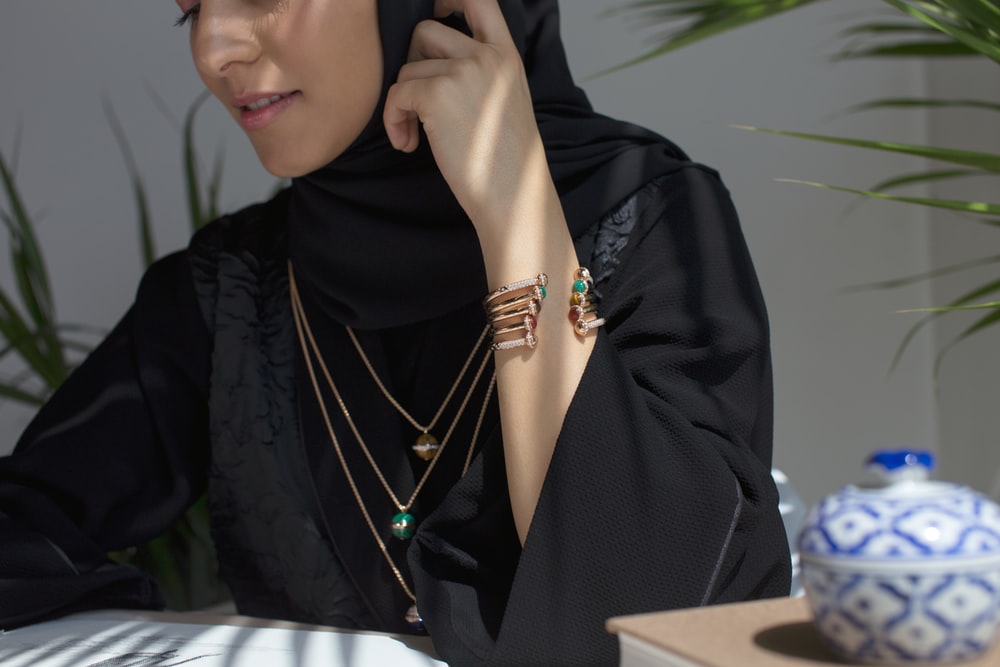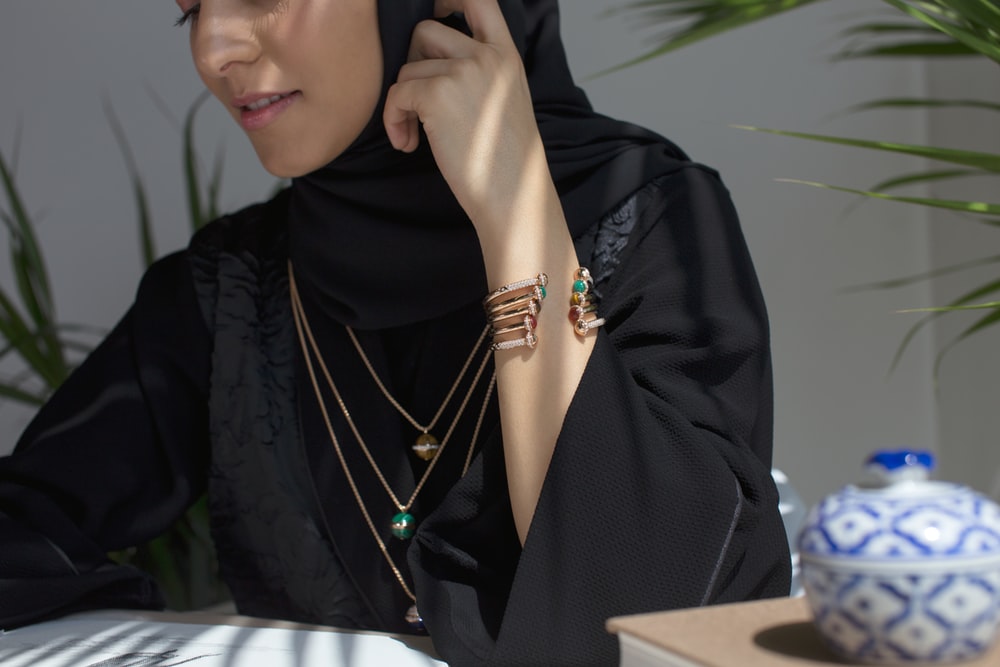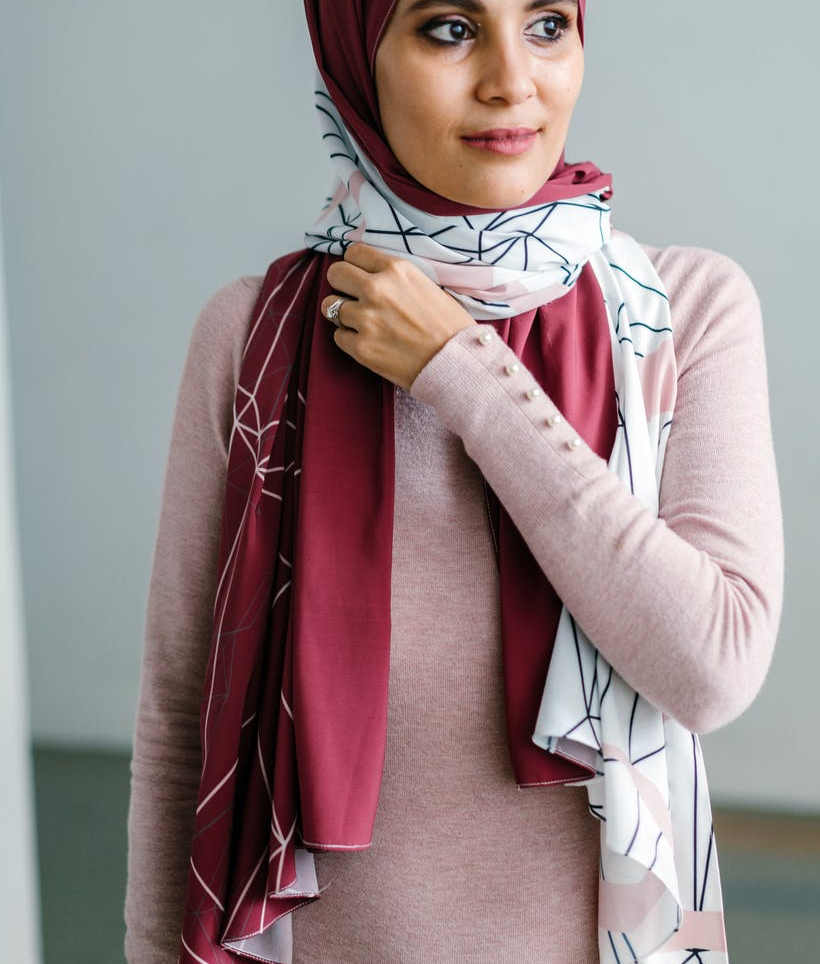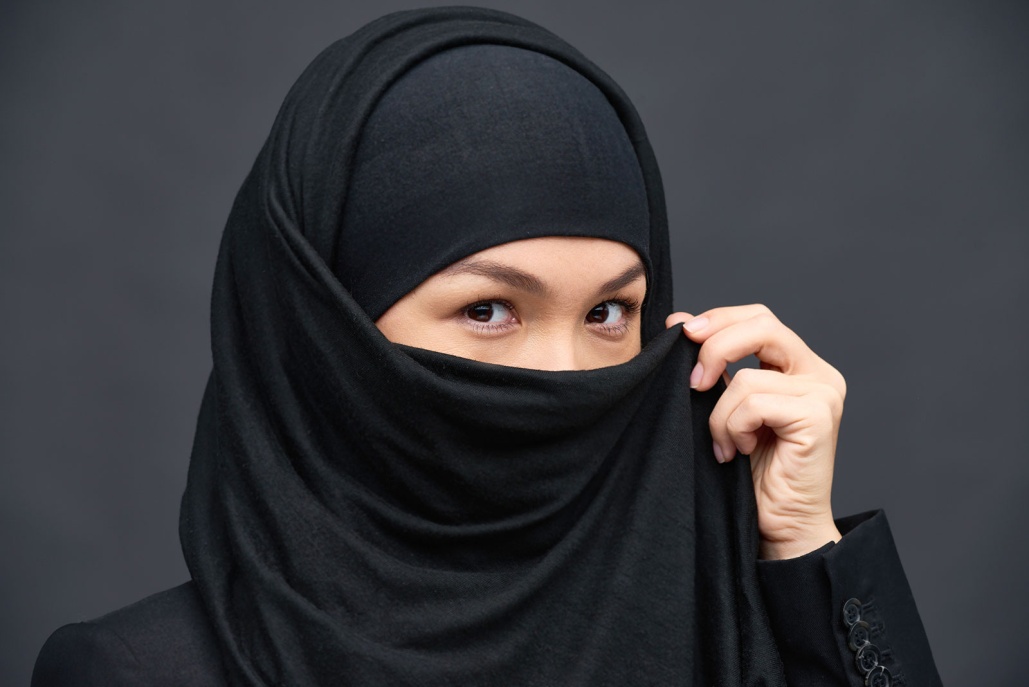
There is no specific dress code of Muslims but to observe modesty in; however, they choose to dress up. It is quite intriguing to observe how Muslims in different parts of the world don various yet trendy and unique attires. Despite the varieties, traditional Muslim clothing is alike. More noteworthy is the fact that the rich, customary Muslim dresses are getting rage. Another notable thing that is seen among Muslims is their artifacts and jewelry. You would see Muslims wearing top-notch styled dresses along with impressive simulated diamond rings.
Do you know about how popular and sought after these modest dresses are? The different in vogue garments have different names in different countries, but the designs and styles are more or less, the same. Not only women but men are also caught wearing modest outfits as teachings regarding modesty are mandatory for both genders. Let us help you take a deep dive into their vast clothing options, along with the names.
Here is the glossary of the well-known dresses for Muslims.
Thobes
A long rob that is similar in appearance to a gown extends over the ankles and has long sleeves. The upper half is tailored like a shirt except that it is looser. It is most commonly seen in white, but other colors are found too. The fabric of thobe depends upon the climatic conditions of the country and is seen worn most by Arab people. It is called dishdasha in Kuwait and kandoorah in UAE; also known as jubbah.
Ghutra and Egal
The ghutra is a square or rectangular-shaped headscarf, donned by Muslim men. It is fastened in place with the help of a rope band called egal that is usually black in color. However, egal is optional. The ghutra is found in many colors such as white or checkered in red or black and is popular by the name shemagh or kuffiyeh in some countries. These headscarves are neatly ironed and starched by some men.
Bisht
A traditional outer cloak worn over a thobe that is usually made of wool comes in colors like black, beige, brown and more. It is prevalent in the Arab world. Bisht symbolizes prestige and is worn by higher-ranking government or religious leaders. Some people wear it on special occasions like wedding, Jummah prayer, and Eid.
Serwal
Wide and loose, white-colored pants that are made from a light fabric, usually cotton. These are worn beneath throbs and other gowns with a white undershirt or can be worn singly as pajamas or pants. This garment is known by the name of mikasser too and has an elastic waist, drawstring or both.
Shalwar Kameez
Long tunics that are donned by both men and women of the subcontinent. These come with matching loose trousers to complement the look. Shalwar alludes to pants and Kameez refers to the tunic part.
Izar
A wide band of patterned that is wound around the waist and tucked into the shirt. It is commonly seen in Yemen, UAE, and Oman. Izar is also seen wearing by men in the subcontinent where it has a special name called dhoti.
Turban
A long rectangular fragment of cloth that is folded in layers around the head or over a skullcap. The layers of the turban are according to the culture and region. Including the subcontinent, the turban is worn by men in Iran and Afghanistan.
Below are the traditional outfits donned by Muslim women.
Abaya
A floor-length and long-sleeved cloak that looks similar to a gown which is worn over inner clothing when going outdoors. Abaya is beautified with colored embroidery or sequins and hides the body from head to toe, leaving hands, feet, and face revealing. It is made of synthetic fiber and is mostly found in black. However, other colors are worn too. It can be combined with a headscarf or other face veil.
Jilbab
A long-tailored coat like a cloak that falls to the floor and is more fitted than an abaya. It has a diverse variety of colors and fabric. Women wear this over-garment when out in public. It looks like an overcoat worn by ladies in Western countries.
Hijab
The most common form of Islamic clothes donned by Muslim women is a hijab. A headscarf, rectangular or square in shape is folded into layers over the head to cover the head and the revealing chest. It is fastened with the help of decorated brooches and pins. The style and design vary from region to region. Other names include Shaylah and tarhah.
Khimar
It is a head covering or face veil that Muslim women wear when going outside. It covers the head, temples, and drapes over the upper half of the body down to the waist.
Chador
A floor-length cloak is worn by Muslim women that have no face veil. It does not have a separate headscarf but is one enlarged, a single gown that envelops the body from the top of the head down to the feet.
The traditional attires of Muslim women are decorated and ornamented according to the current fashion trend to make them even more striking. It is irrefutable how beautiful these outfits look when worn.
What to know about Traditional Muslim Clothing?
Published on September 3, 2019
Share this post
Excerpt
There is no specific dress code of Muslims but to observe modesty in; however, they choose to dress up. It is quite intriguing to observe how Muslims in different parts of the world don various yet trendy and unique attires. Despite the varieties, traditional Muslim clothing is alike. More noteworthy is the fact that the rich, customary Muslim dresses are getting rage. Another notable thing that is seen among Muslims is their artifacts and jewelry. You would see Muslims wearing top-notch styled dresses along with impressive simulated diamond rings. Do you know about how popular and sought after these modest dresses are?
About the author
At The Islam Shop, we don't just sell products; we craft experiences that resonate with the essence of Islamic excellence. Our mission transcends mere transactions; we aspire to be the unparalleled leaders in the online Islamic marketplace.
Our commitment is unwavering — to offer you not just a selection, but an expansive array of choices that embody the rich tapestry of Islamic culture. We don't just provide value; we redefine it, ensuring that every purchase is not just a transaction but a journey into the world of quality and significance.
We are more than a seller; we are curators of passion, dedicated to sharing our expertise with you. Our team doesn't just offer advice; we provide insights driven by a genuine passion for Islamic products. We believe that each product tells a story, and it is our mission to make sure that story resonates with you.
The Islam Shop isn't merely a platform; it's an invitation to be intrigued, excited, and inspired. We aim to ignite your curiosity and continually motivate you to embrace and celebrate Islamic products. Our commitment goes beyond selling; it's about fostering a connection, sparking an interest, and creating an enduring bond with every customer.
Step into a world where every click is a step towards enriching your life with Islamic elegance. Join us as we passionately lead the way, shaping the future of online Islamic commerce.
Welcome to The Islam Shop — where choice, value, and passion converge to redefine your Islamic shopping experience.
Elevate your expectations; embrace the extraordinary.
The Islam Shop Team











